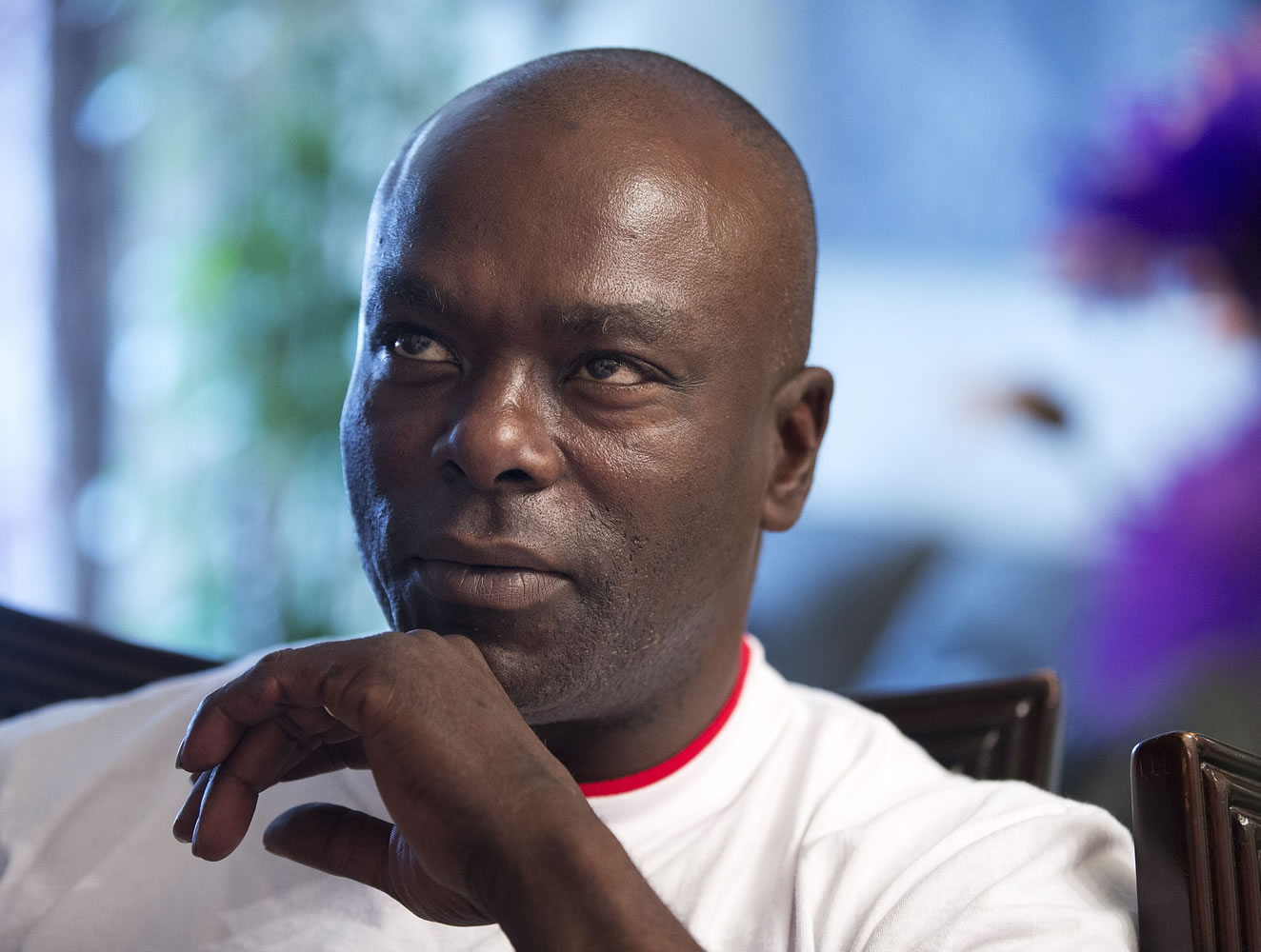WASHINGTON — Kirk Odom was convicted of a 1981 rape and robbery after a woman identified him as her attacker and an FBI specialist testified that hair on her nightgown was similar to hair on Odom’s head.
But DNA testing some 30 years later affirmed what Odom, now 52, long had maintained: The hair wasn’t his; neither was the semen left on a pillowcase and robe. A felony conviction that imprisoned him for decades was overturned in 2012 by a judge who declared it a “grave miscarriage of justice.”
“I was hoping that I was going to go home that day,” Odom, recalling his trial in Washington, D.C., said in an interview. Instead, “they sentenced me to 20 to 66 years in prison.”
His experience is but one example of flawed forensic science from the pre-DNA era, a simmering problem that now appears far more widespread than initially thought. The Innocence Project, which works to exonerate the wrongly accused, has identified 74 overturned convictions in which faulty hair evidence was a factor. Now, a new disclosure by the FBI that experts gave erroneous testimony on hair analysis in more than 250 trials before 2000 suggests that number could rise dramatically.
Defense lawyers say the latest revelations — on top of established concerns about bite-mark identification and arson science — confirm fears about the shortcomings of old-fashioned forensic techniques and could affect thousands of cases. Advancing technologies have put such techniques under more scrutiny, including from judges, and highlighted the limits of once-established practices.
“There are forces converging at the moment that are finally bringing some recognition to the failings of many venerable techniques,” said Chris Fabricant, director of strategic litigation at the Innocence Project.
Bite marks, arson science
A 2013 Associated Press investigation concluded that at least 24 men convicted or charged with murder or rape based on bite-mark evidence — the practice of matching teeth to a flesh wound — were exonerated since 2000. Meanwhile, some high-profile criminal cases involving arson science have come under renewed scrutiny amid debunked fire investigations. Last year, a Pennsylvania judge threw out the conviction of a Korean immigrant who had spent 24 years in prison for his daughter’s death.
When subjective speculation is injected into a trial under the guise of science, “then a real perversion of justice is what happens,” Fabricant said.
Microscopic hair analysis, which involves comparing hair specimens through a microscope, has for decades been an established FBI practice and passed along at seminars to hundreds of state-level examiners.
But critics say the technique lacks objective standards, with limitations that have led experts to overstate its evidentiary value too often.
Though this kind of evidence may be used to include or exclude individuals who could be a potential source of hair, critics note that there’s no way to conclusively know how common or rare the specimen is because no national database of hair specimens exists. A 2009 report from the National Academy of Sciences described as “highly unreliable” testimony purporting to identify a defendant through hair analysis.
The FBI still considers microscopic hair analysis valid, but has also acknowledged its limitations and uses it now in conjunction with more scientifically reliable DNA testing.
The Justice Department in 2012 embarked on a review of criminal cases following high-profile exonerations in which microscopic hair analysis was used. The government has identified nearly 3,000 cases in which FBI examiners submitted reports or may have testified in trials involving hair analysis.
The government provided an astonishing update last month when it revealed that of the 268 trials reviewed as of mid-March, investigators found erroneous statements from FBI experts in nearly all of the cases — including in death-penalty prosecutions. The review is limited to cases dating before 2000 in which FBI examiners provided evidence. But the number of affected cases would almost certainly be much higher if the review took into account cases involving state examiners trained by the FBI.
Still, no one knows how many defendants have been wrongly convicted because flawed testimony — often just one element of a prosecution — does not establish innocence.




